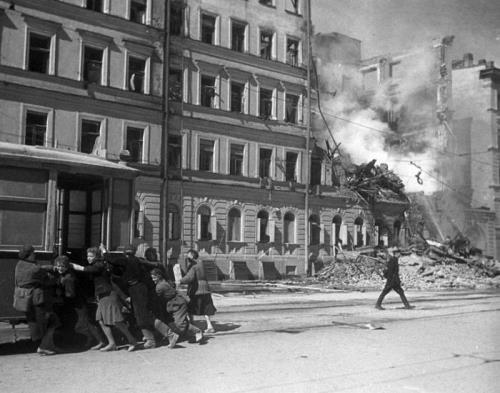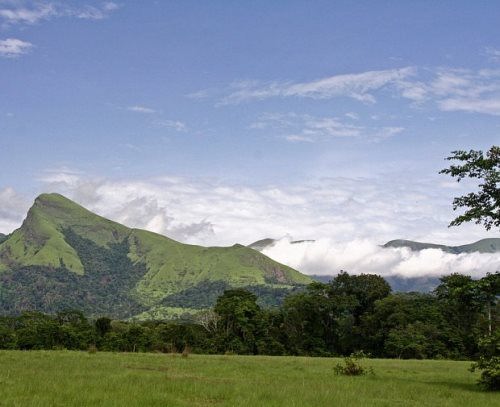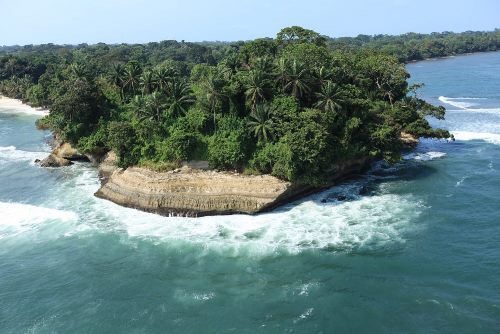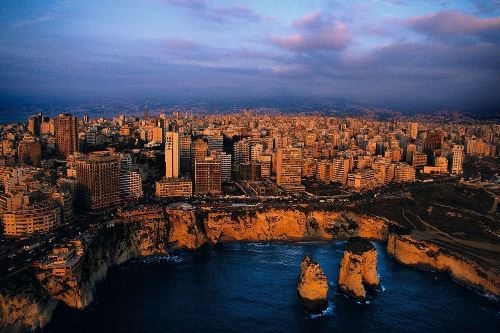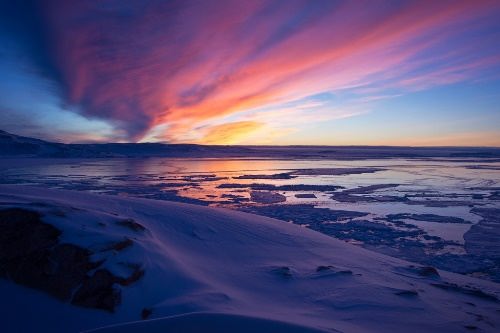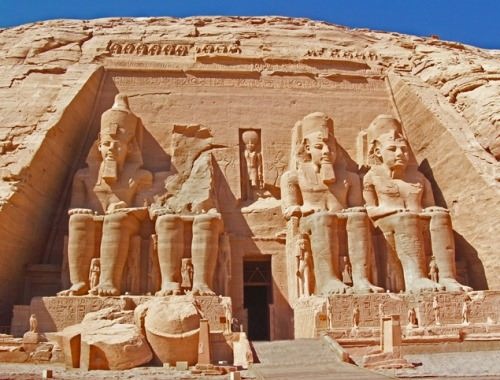Siege of Leningrad. Pages of history
Siege of Leningrad. Pages of history. During World War II German and Finnish armies besieged Leningrad for 872 days. It was the Soviet Union’s second largest city and important center for armaments production. The destruction of Leningrad was one of Adolf Hitler’s strategic objectives in attacking the Soviet Union on June 22, 1941. German Army Group North sealed off Leningrad on September 8, 1941. About 2.5 million people were trapped within the city. During the siege of Leningrad 632 000 people died of hunger, 17 000 Leningraders were killed by bombs and shells, 840 factories and 53.5 million square feet of housing were destroyed.
The only connection that Leningrad maintained with the rest of the Soviet Union was across Lake Ladoga, which German aircraft patrolled.
Hitler’s plan was to subdue Leningrad through blockade, bombardment, and starvation prior to seizing the city. German artillery gunners, together with the Luftwaffe, killed approximately 17,000 Leningraders during the siege.
More »
